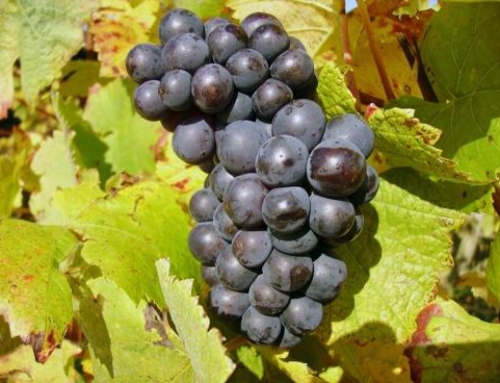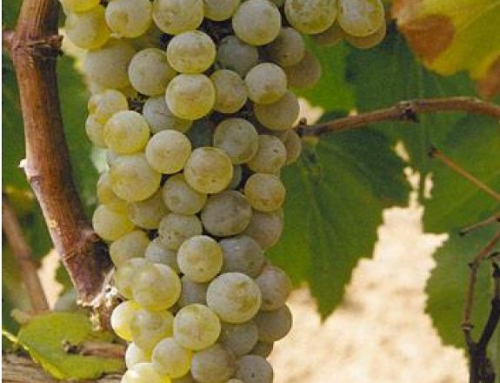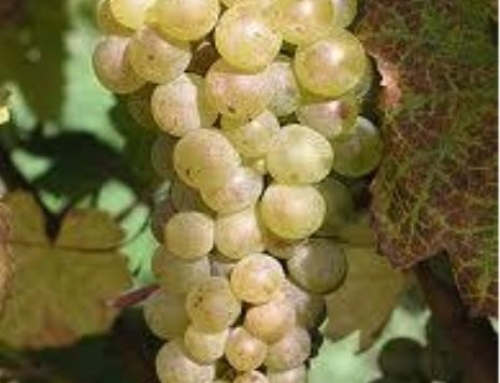Spain – it brings to mind images of flamenco dancers in brightly color costumes moving to hypnotic music under a bright sun and sipping bright red wines in an open air cafe. It also brings images of a harsh, diverse landscape and a history ripe with drama. Spain’s turbulent history, varied landscape, warm, sunny climate and romantic image are, in part, what makes Spanish wines so appealing. Over the past thousand or so years, Spain has produced a great variety of wines that are just beginning to be truly appreciated throughout the world. Our next Wine Down Wednesday on March 31 will feature a full complement of Spanish wines (not to mention Latin dancing, if you’re so inclined…)- so join us and check out the variety (see Wine Down Wednesday page for more information).
Spain is the third largest producer of wine in the world and has more land dedicated to vines than any other country – 4.5 million acres. It stands alongside France and Italy in terms of complexity. Traditionally known for Sherry produced in the Southern Jerez region, Spain has, over the past two decades, become well-known for it’s other indigenous varietals – of which there are over 600. The most popular outside the country are Tempranillo and Garnacha. Rioja, Spain’s most famous region, is known for producing fine wines from these deeply colored, aromatic grapes. Just an hour from Bordeaux, Rioja wines have been heavily influenced by French winemaking techniques and style. In fact, many of France’s top winemakers brought their techniques to the Rioja region in the 1860’s after their crops were destroyed by phylloxera. Other up-and-coming regions in Spain include:
- Ribera del Duero– produces some of the finest (and most expensive) red wines in the country. Most are blended from Tempranillo (known here as Tinto Fino or Tinto del Pais). These wines tend to be tannic, long-lived, big reds with complicated aromas of chocolate, plum and smoke.
- Pened?s – famous for Cava, a sparkling wine made using methode champenoise (see Course 4). These sparklers have a distinctive, earthy taste.
- R’as Biaxas – this region, known as Green Spain, receives moist Atlantic breezes that give it a more Mediterranean climate. Known for Albari-o, a creamy, peachy and apricot white wine that is becoming increasing popular in the U.S.
- Navarra – known for dry, fruity ros?s produced from Garnacha and is welcoming new plantings of Cabernet Sauvignon, Merlot and other international varieties.
Now that you know the regions, how do you choose what to try? Picking a Spanish wine can be difficult because the labels tend to be confusing. Keep in mind as you read that a major component of Spanish winemaking has always been the use of oak, so references to oak aging are made on most labels. A few definitions will help tremendously while reading the label:
- Vino de mesa – table wine
- Vino joven – young wine, usually with some aging but not enough to be a Crianza
- Crianza – aged 2 years, at least 6 months in oak, tend to be soft to medium-bodied, spicy and good for everyday drinking
- Reserva – aged 3 years, at least 1 year in oak cask, fuller, more complex and more concentrated
- Gran Reserva – aged 5 years, at least 2 years in oak, only made in the best years
- Bodega – winery
- Anejo – aged
- Cepa – vine or grape nam
- Vi-a – vineyard
- Tinto – red wine
- Rosado – rose wine
- Blanco – white wine
- Cava – sparkling wine
It may be a far cry from enjoying an inky purple Priorato under the sunny skies of Barcelona, but our Spanish Wine tasting at Sangria on March 31 will give you an opportunity to sample varietals from across this historic landscape…. and I don’t know about you, but it’s as close to Spain as I’m going to get for a little while. See you there!
Tidbits to Amaze and Delight Your Friends
Spain has an appellation classification system similar to France and Italy. Regions are classified as DO (Domeninacion de Origen) – which means the origin and winemaking practices are regulated. There is an even stricter classification called DOC – so far, Rioja is the only one.





Leave A Comment